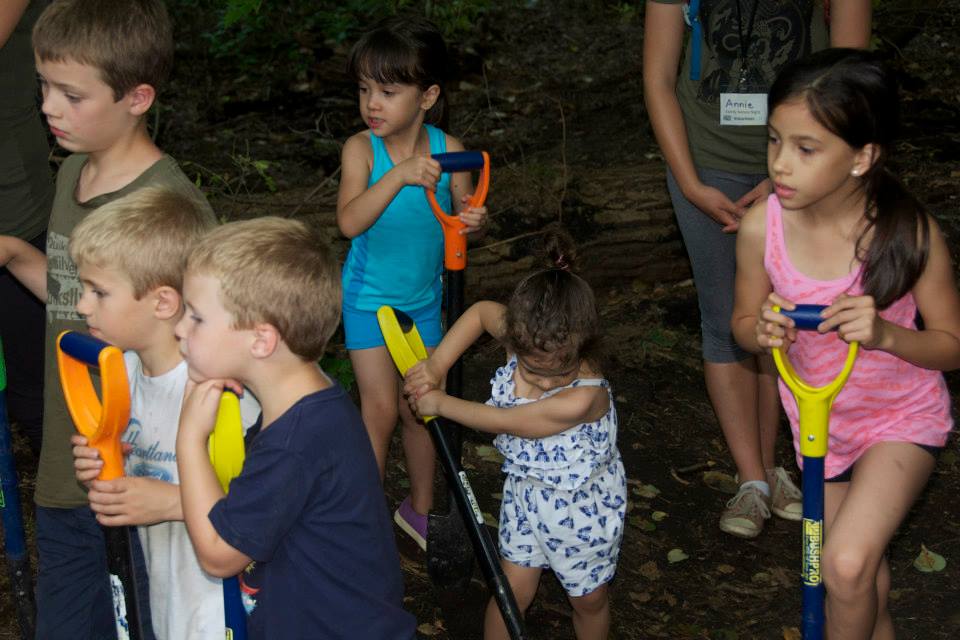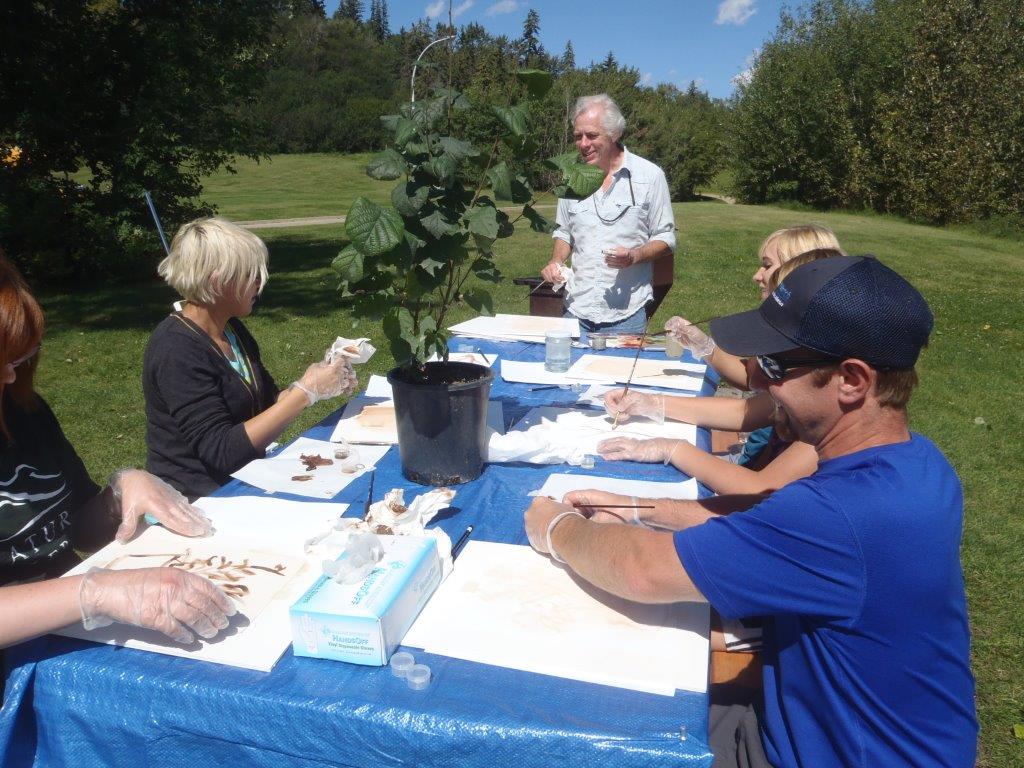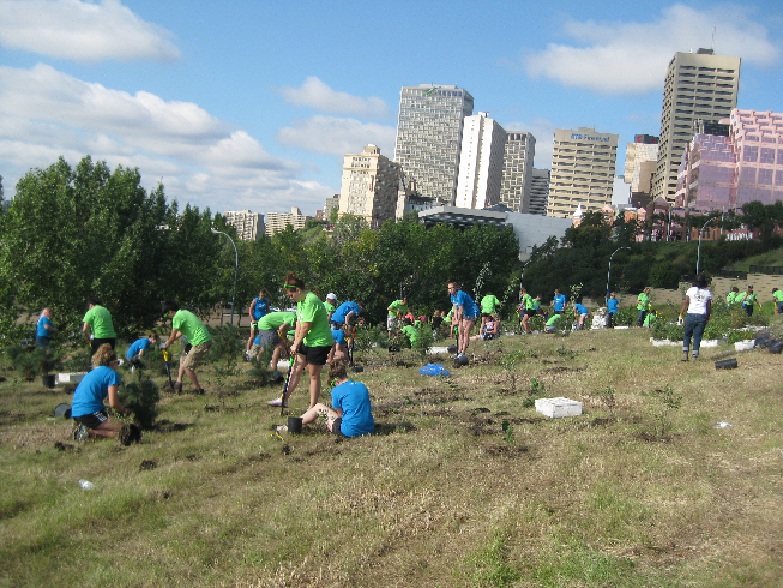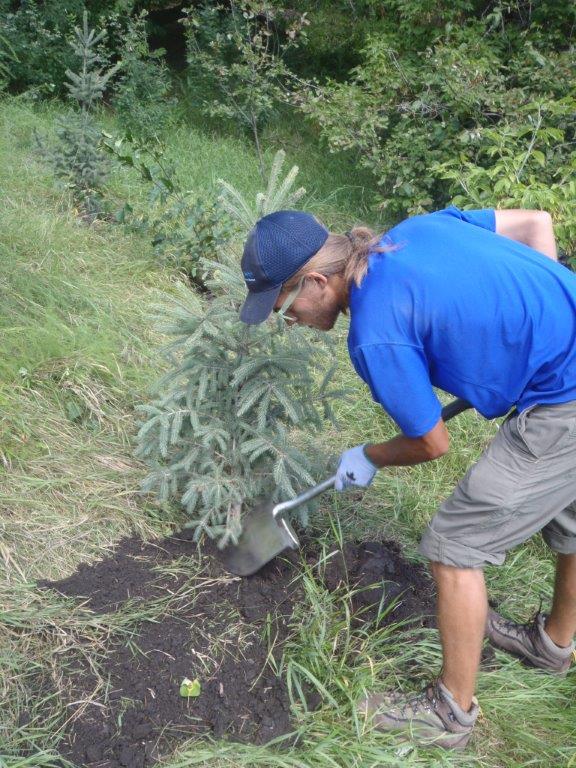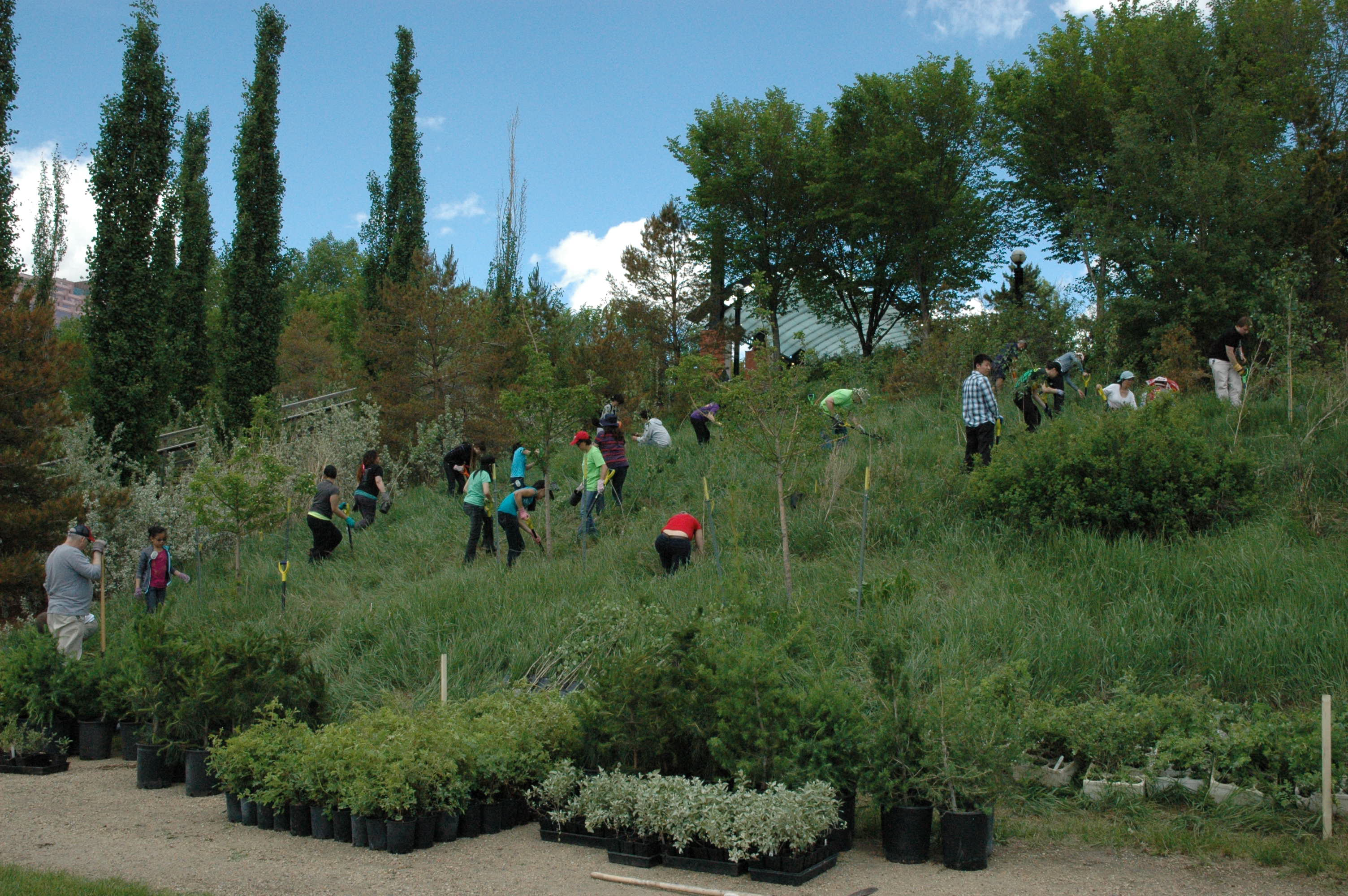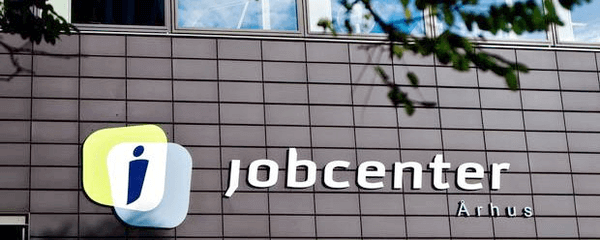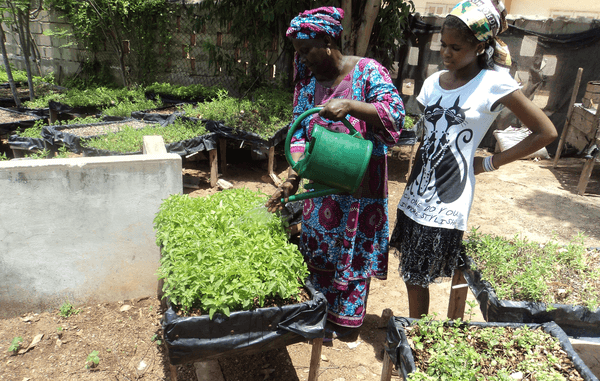The Urban Forest Management Plan (UFMP) with its three main objectives (environmental, economic and social) is organised in conjunction with and executed by the Edmonton City departments in Community Services and Sustainable Development and Infrastructure Services. There are diverse strategies for every objective, entailing multiple timeframes. Timeframes (1 to 3 years, 4 to 7 years and 8 to 10 years) are listed precisely in the planning document (see the Forest Urban Management Plan in Resources)
The following summary features main strategies in these three objectives and gives examples for present practices in the City of Edmonton.
Effectively preserving, enhancing, managing, sustaining, and ensuring growth in Edmonton urban forest.
The six short-term strategies and action steps include:
- plans for afforestation,
- establishing trees with best management practices,
- enhancing design specifications and development practices for sustainability in consultation with associated stakeholders, identifying resources for UFMP,
- searching for new methods of supplying adequate water,
- and developing strategies to reduce natural disaster impacts on the urban forest.
The City of Edmonton replaces all trees lost due to drought, infrastructure renewal, and construction projects as resources become available. To maintain tree health and safety, an annual tree health assessment is carried out on approximately one half of all publicly owned trees, alternating between the north and south sides of the North Saskatchewan River; trees are pruned, treated, removed, and replaced based on this assessment. Specific strategies and actions are implemented in conjunction with stakeholders affected, e.g. incorporating best management practices and emerging industry standards. Medium-term strategy is determining how the urban forest can contribute to low-impact development concepts and ecological network. Long-term strategy connects research in best practices for tree protection with developing guidelines and public education material.
Educating the public, other agencies, neighbouring communities and community partners on the importance of the urban forest and best management practices.
There are six short-term strategies and action steps including:
- communicating about tree pest issues,
- increasing awareness about urban forest management issues,
- developing local and regional information-sharing networks,
- communicating about ecological and health benefits of trees,
- stewardship opportunities for citizens and communities,
- and promoting long-term establishment and health of trees on local roadways; buffers; parks; school grounds; and natural areas.
Publicly owned trees are monitored for tree health and possible pest and disease infestation.
Medium-term strategy is to increase awareness of benefits from reducing environmental impact. The City of Edmonton Forestry Unit provides and facilitates on-going training opportunities for staff and industry.
A long-term strategy is establishing apartnership with post-secondary educational institutions to encourage research and development in urban forest knowledge. The City of Edmonton Forestry Unit plays an important role in fostering regional cooperation on urban forestry issues.
Protecting native forest and tree species in collaboration with Edmonton Office of Biodiversity.
There are two short-term strategies and action steps including work with stakeholders affected to protect natural areas, with emphasis on naturally treed environments and reviewing and updating the 2012 Naturalisation Master Plan. The City of Edmonton monitors the interface between natural areas and private properties to ensure the safety of abutting properties. The long-term strategy is to perform a risk assessment on the natural forest and tree species and develop associated management plans. The City of Edmonton uses best management practices to maintain representative native tree species.
